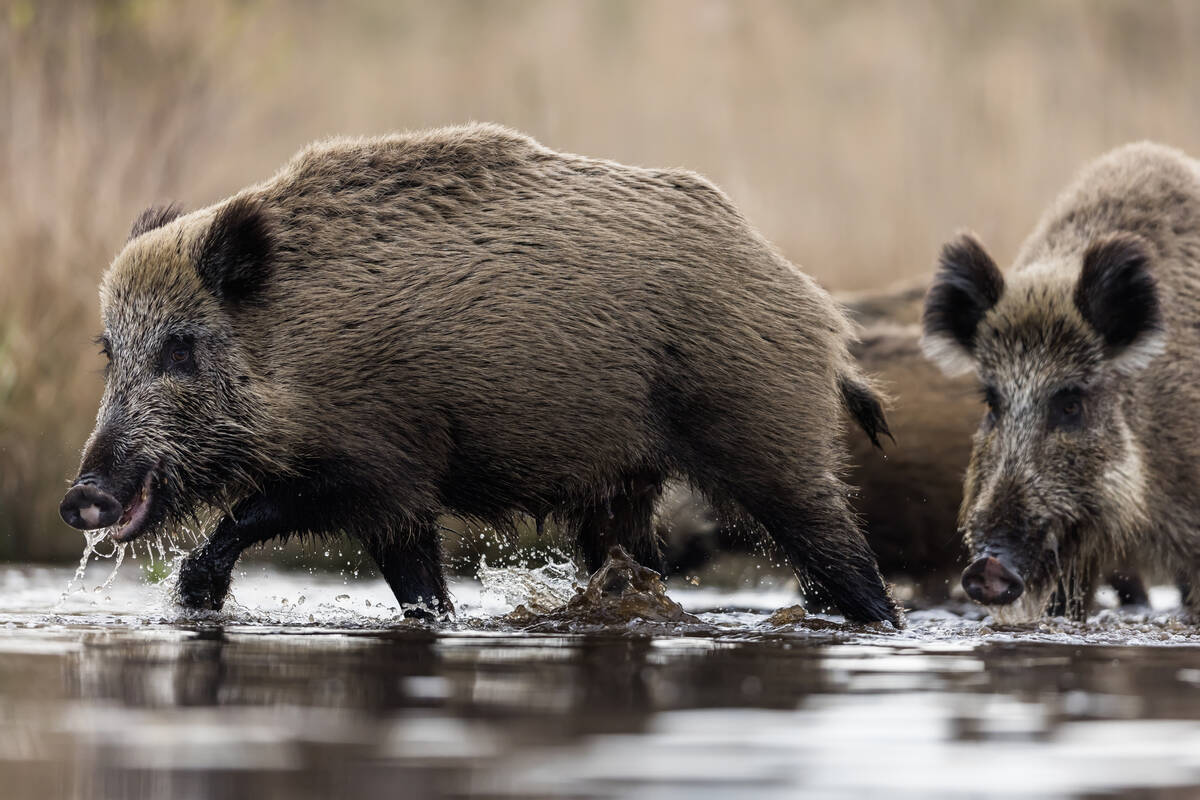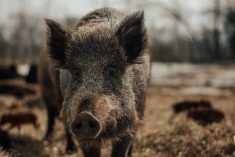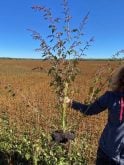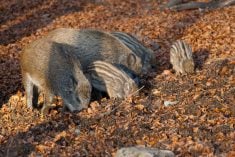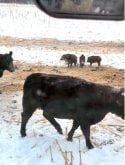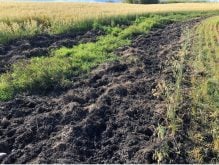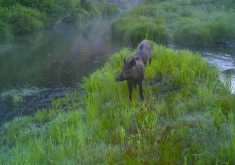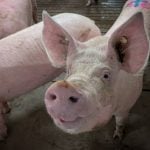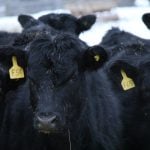Manitoba’s wild pigs have been a notable problem for years. Now though, it’s officially illegal to own or import Eurasian wild boar or their hybrids.
As of Sept. 22, the province’s Exotic Wildlife Regulation moved wild boar from Schedule B, which mandates a permit to possess them, which bans them outright. The change exempts only domestic pigs.
WHY IT MATTERS: Manitoba’s wild pigs have garnered both ecological and agricultural concern, and there has been substantial effort to track, monitor and develop strategies to eradicate the invasive species.
Read Also
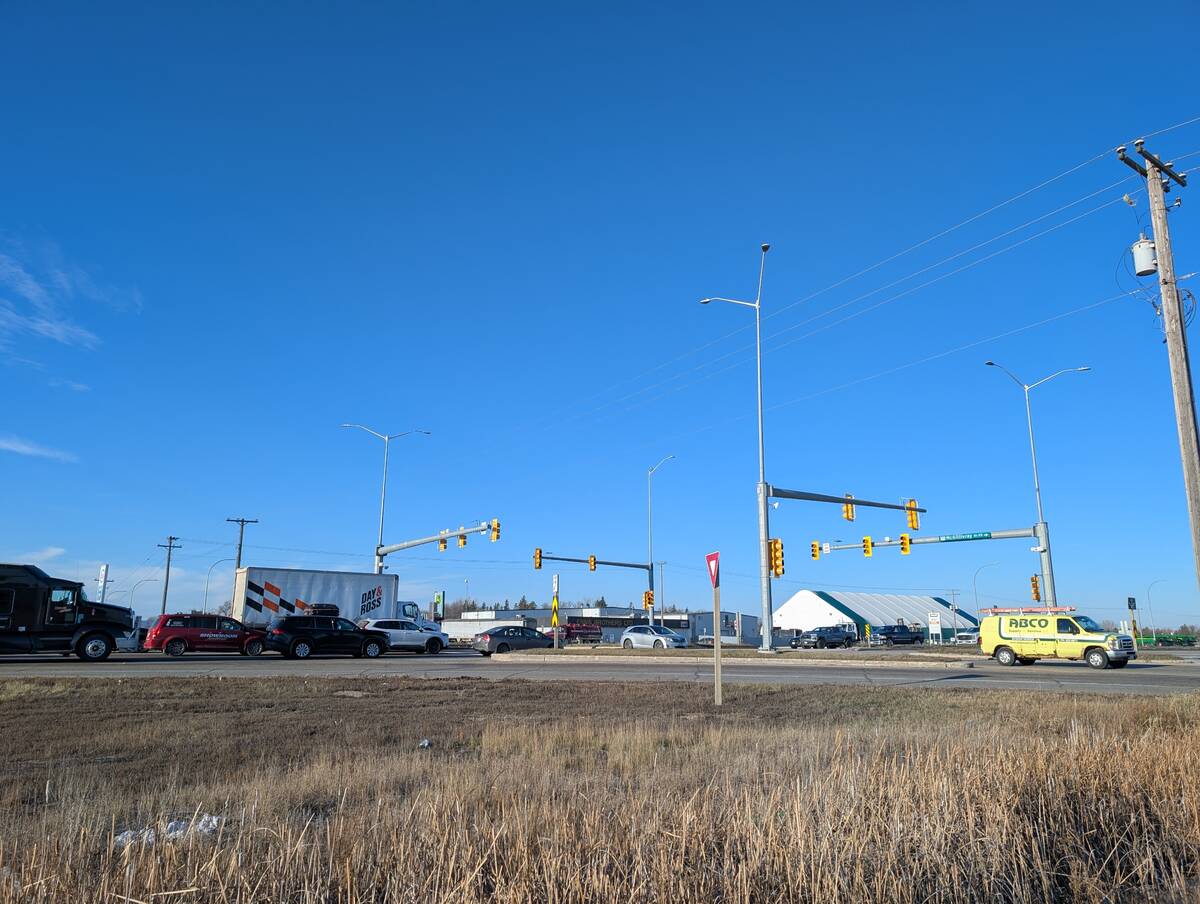
Manitoba farmers uneasy on expropriation
Farmland expropriation for Oak Bluff highway project brings process, farmer compensation concerns back to the fore.
The new regulation prohibits anyone from importing, possessing, harbouring, allowing to escape or releasing wild boar into the wild.
The regulatory shift comes as Manitoba intensifies efforts to eliminate wild pigs before populations become unmanageable, as they have in some U.S. states.
The regulatory change is crucial to protecting the province’s agriculture sector and supporting eradication efforts, said Wayne Lees, the co-ordinator of Squeal on Pigs Manitoba. The program dedicated to reporting and controlling wild pigs.
“It stops the constant resupply of wild boar in the environment,” Lees said. “So, it’s like turning off the tap.”
Farm escapes have been part of the problem when it comes to wild pigs in Canada. A recent national mapping effort noted that Manitoba’s wild pig population is a mix of escaped domestic pigs and Eurasian wild boar, the latter also often blamed on farm escapes after wild boar were introduced to the Prairies as exotic meat livestock in the ’80s.
They’ve since dug footholds in Alberta, Sasktachewan and, in Manitoba, areas like Spruce Woods Provincial Park, and pose significant threats to crop production, native ecosystems through damaging behaviours like rooting and livestock health.
Protecting pork exports
The ban also has important trade implications, Lees said. Control of wild pigs is part of Canada’s international agreements with trading partners such as Japan and others who import Canadian pork.
The reason lies in the invasive species’ threat as a disease reservoir. In parts of the world, such as Europe, the circulation of pathogens like African swine fever in wild populations have severely complicated efforts to keep those deadly diseases out of domestic pork production.
In Canada, that disease link has spurred a meeting of industry, conservation, government and other stakeholders that has underpinned a big part of the anti-wild pig fight.
Wild pig control was one facet of of the Pan-Canadian African Swine Fever Action Plan, eventually playing into the development of a 10-year national strategy document and the Invasive Wild Pig Leadership Group to spearhead it.
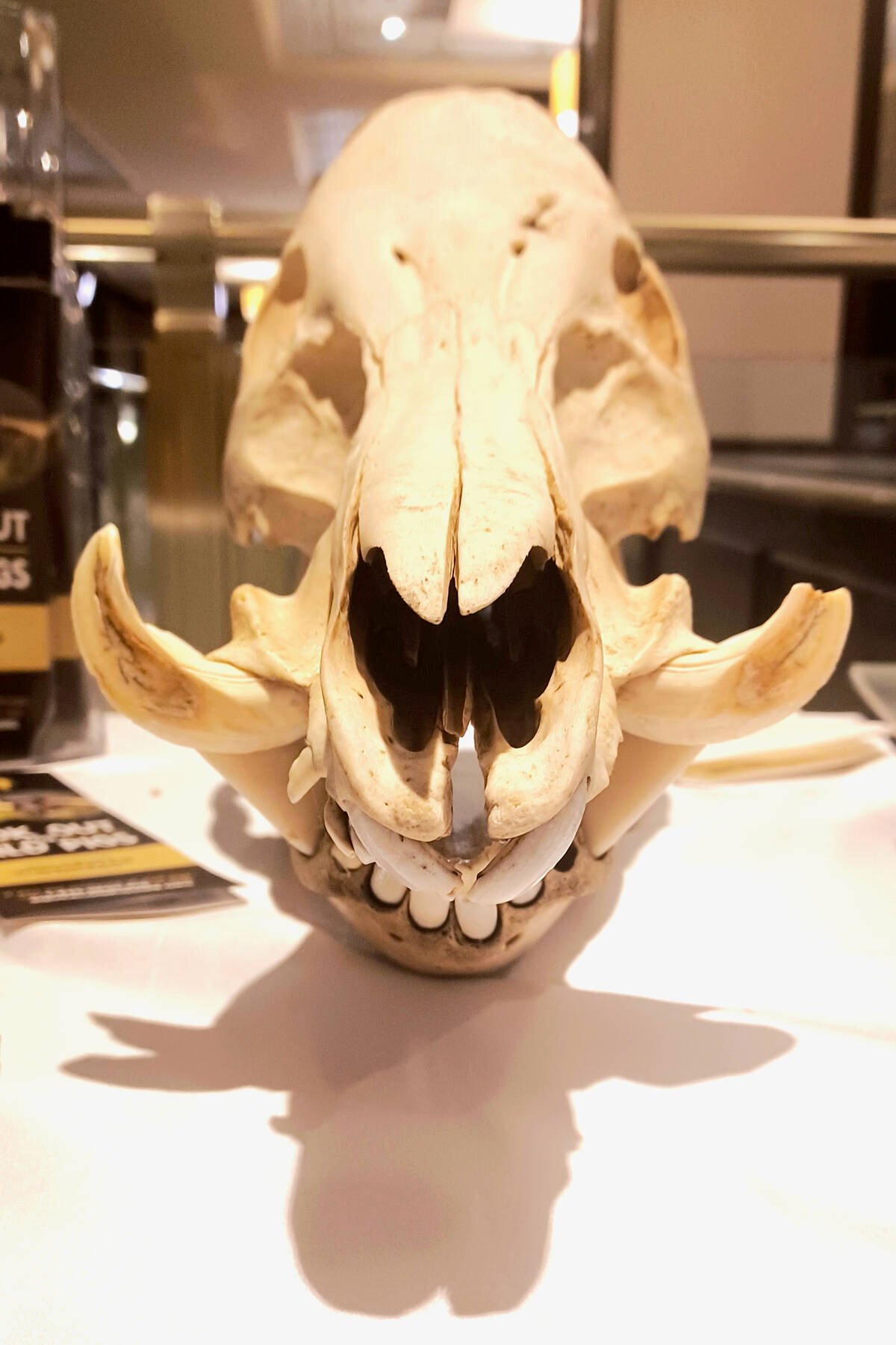
Changing wild pig rules
Manitoba’s last wild boar permit wase issued around 2012, according to Lees, but enforcement has been challenging.
“We know that there were still wild boar being raised on farms,” he said. “That’s why this regulation is so important.”
Lees hasn’t encountered opposition to the ban in his conversations with producers and the public.
“I’ve not yet heard one person who wants to see wild boars…loose in Manitoba.”
Hot spots targeted
The regulatory change supports an increasingly sophisticated eradication program that removed 204 pigs through trapping efforts in 2024, up from 127 in 2023. The program now operates 30 traps and 100 trail cameras across the province.
Squeal on Pigs Manitoba has identified what Lees calls “hot spots” where wild boar are living and breeding in the wild, focusing removal efforts on those trouble areas. The program uses corral and net traps to capture entire pig groups (known as sounders) with landowner co-operation. Once caught, pigs are humanely euthanized and composted.
Going high-tech
Technology is proving essential to the effort. Drones equipped with thermal imaging cameras have become one of the most effective tools for locating pigs in areas where they would otherwise be difficult to detect. The program has also partnered with Assiniboine College and BDx Enviro laboratories in Winnipeg to develop environmental DNA testing that can detect pig presence based on genetic material they leave behind in water sources.
Lees drew optimism from Alberta’s success in eliminating Norway rats from that province through persistent effort.
“I think we can do the same thing in Manitoba,” he said. “It won’t be easy, but I think if we’re persistent, it will actually be very successful.”
So far, the program’s collaborative approach with landowners has been key to its success.
“Working with landowners has really been the key to our success, and it’s all voluntary,” Lees said.
He recently returned from Animal Health Canada’s forum in Ottawa where public-private partnerships were a central theme.


